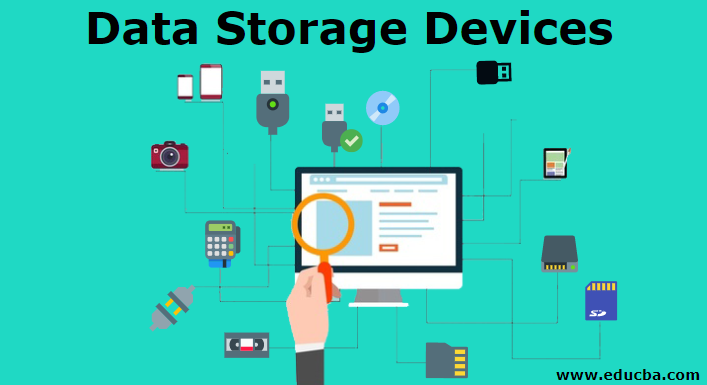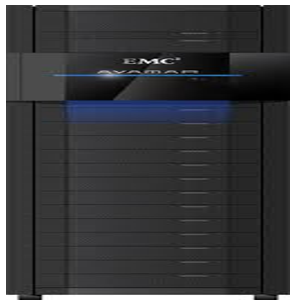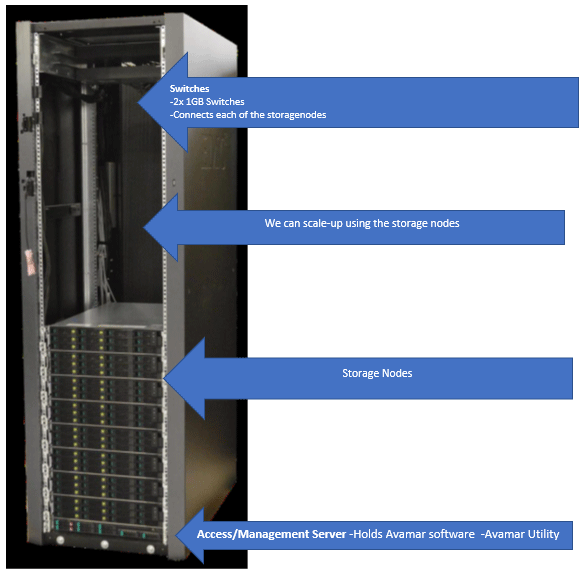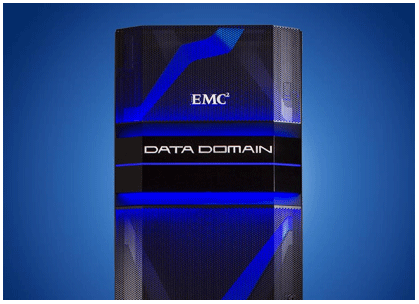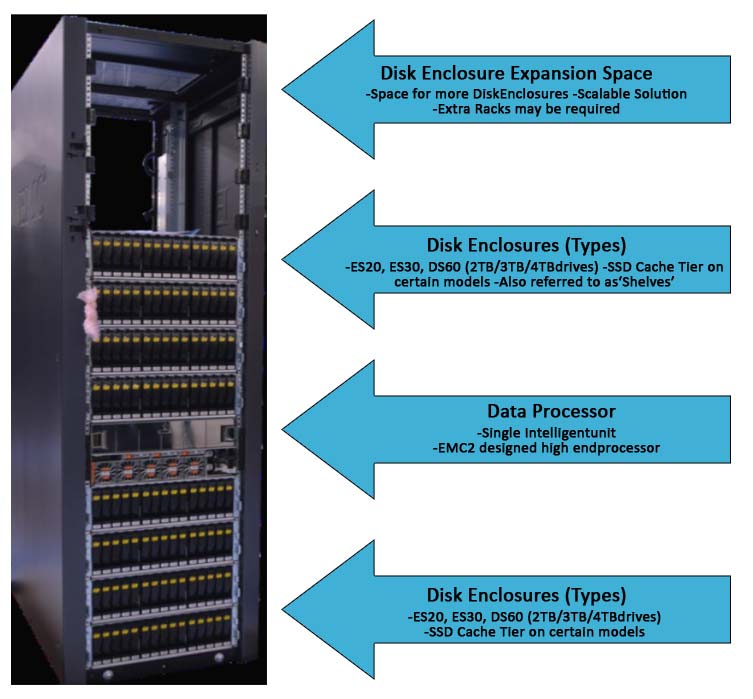Updated March 23, 2023
Introduction to Data Storage Devices
The following article provides an outline for Data Storage Devices. Now we live in a digital world – A world that is completely dependent on data. The storage device is a device where we can store the data (information). A huge amount of data is continuously generated, collected, stored, and analyzed through software. In 2014, the digital universe of the study was conducted by IDC (International data corporation). It is estimated that the world produces approximately 4.4 trillion gigabytes (GB) of data annually, doubling every two years. If we go by this estimation, we will have 44 trillion GB of data by 2020, almost 10 times of 2014.
Growth of the digital world:
- The IOT (Internet of things) is also adding to data growth. IOT is made up of Internet-connected equipment and sensors.
- The usage of social media and smart devices is also adding a huge amount of data in today’s world.
- Organizations are dependent on continuous and reliable access to information, i.e., data is sufficient and error-free.
- Organizations are increasingly implementing storage devices as there is a great competition going on between all the storage products companies like EMC2, NetApp IBM, etc.
- To efficiently store and manage the data
- To gain new business.
What is Storage Data Devices?
The data Storage device is a device that is used to store the data of any format like Unstructured, Quasi-Structured, Semi-structured and structured forms of data.
- Unstructured data: Data that has no inherent structure (inseparable/unedited) as these files can be easily edited. It is usually stored in the different formats of the file: E.g. Text documents, PDF’s, Images and videos.
- Quasi-Structured: Textual data that can be formatted with effort and software tools. E.g: Clickstream data (User’s machine, browsing).
- Semi-Structured: Textual Data where large quantities of data can be analyzed. E.g. Spreadsheets and XML files.
- Structured: Data having a defined format and structure. E.g. Database.
Types of Storage Devices
Data Storage devices are mainly divided into two categories:
1. Clients
The client’s product is used for local storage. One product can store only a few GB of data, i.e. it can store the data for 2-3 people, and it doesn’t have a great impact on the organisation’s business from a data storage perspective.
Ex: Laptops and desktops – Precision notebook, Optiplex and Latitude, Fixed work station.
2. Enterprise
Enterprise products are the products that are used by the organization to store a large amount of data in millions of gigabytes. Therefore, it creates a great impact on the organisation’s business from a data storage perspective.
Ex: Data Domain, Avamar and Networker.
Top Storages Devices
Below mentioned are the top storage devices:
1. Data Deduplication
Data deduplication is the process of removing the duplicate data, which we do in order to save the storage space.
- Avamar Front End
EMC Avamar is a backup and recovery solution that does the data deduplication (duplicate) at the destination site.
- Avamar Backend
2. Data Domain
- Front End
EMC Data Domain is a backup and recovery solution that which do the data deduplication at the source site.
Types of Data Domain: DD3000, DD6800,DD6800,DD9300 and DD9800
- Backend
Conclusion
As we live in a digital universe that is completely dependent on data. Every day a huge amount of data is generated and stored. Also, as mentioned above, after every two years, the data size gets doubled. SO, we need more and more storage in order to store and maintain all those data.
Below are observations:
- Organizations are dependent on continuous and reliable access to information, i.e. data is sufficient and error-free.
- Organizations seek to effectively store, protect, process and manage the information.
- With the increase in competition, Organisations are increasingly implementing intelligent storage solutions (Backup solutions)
Recommended Articles
This is a guide to Data Storage Devices. Here we discuss the introduction and types of storage devices respectively. You may also look at the following article to learn more –

